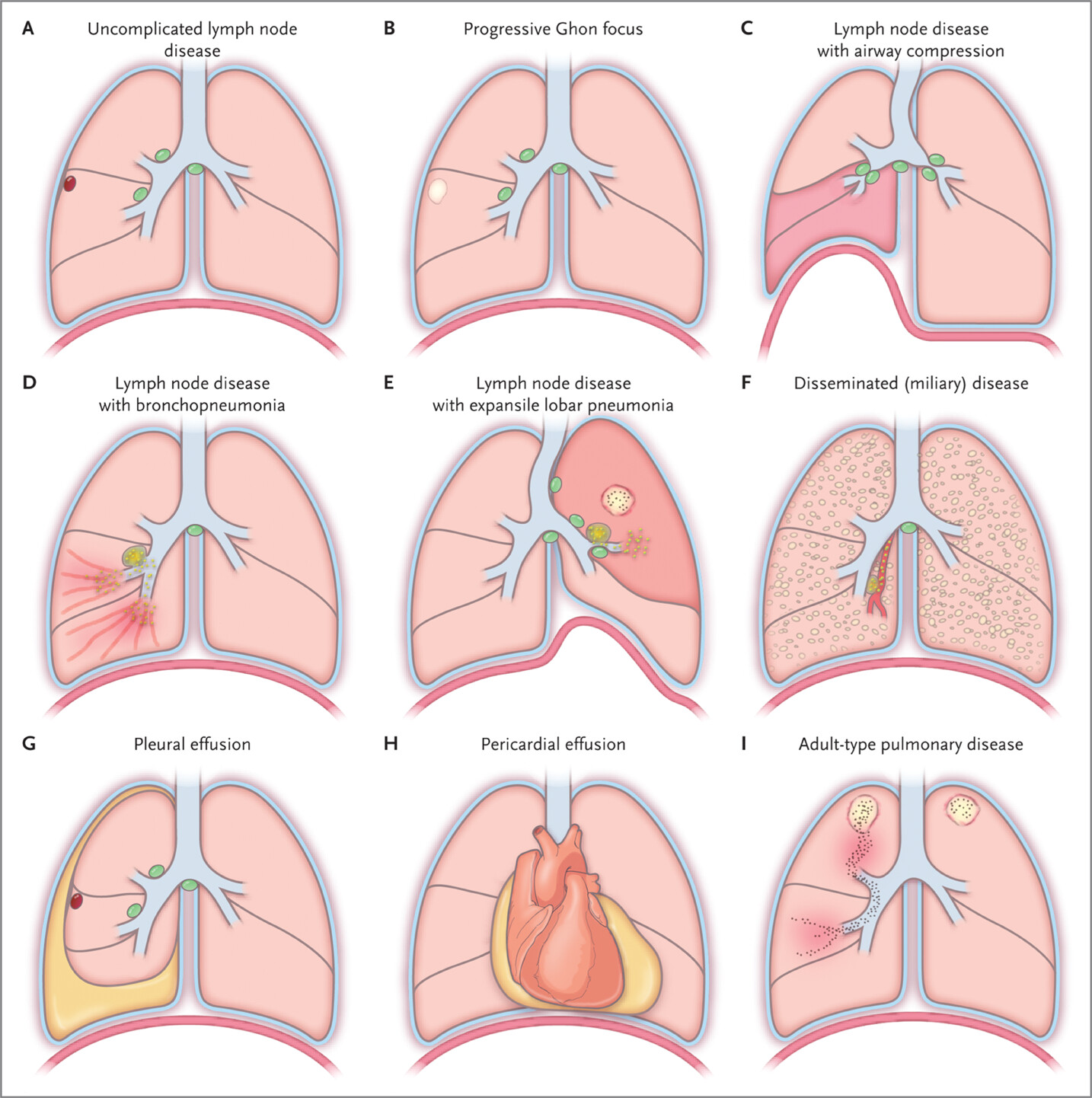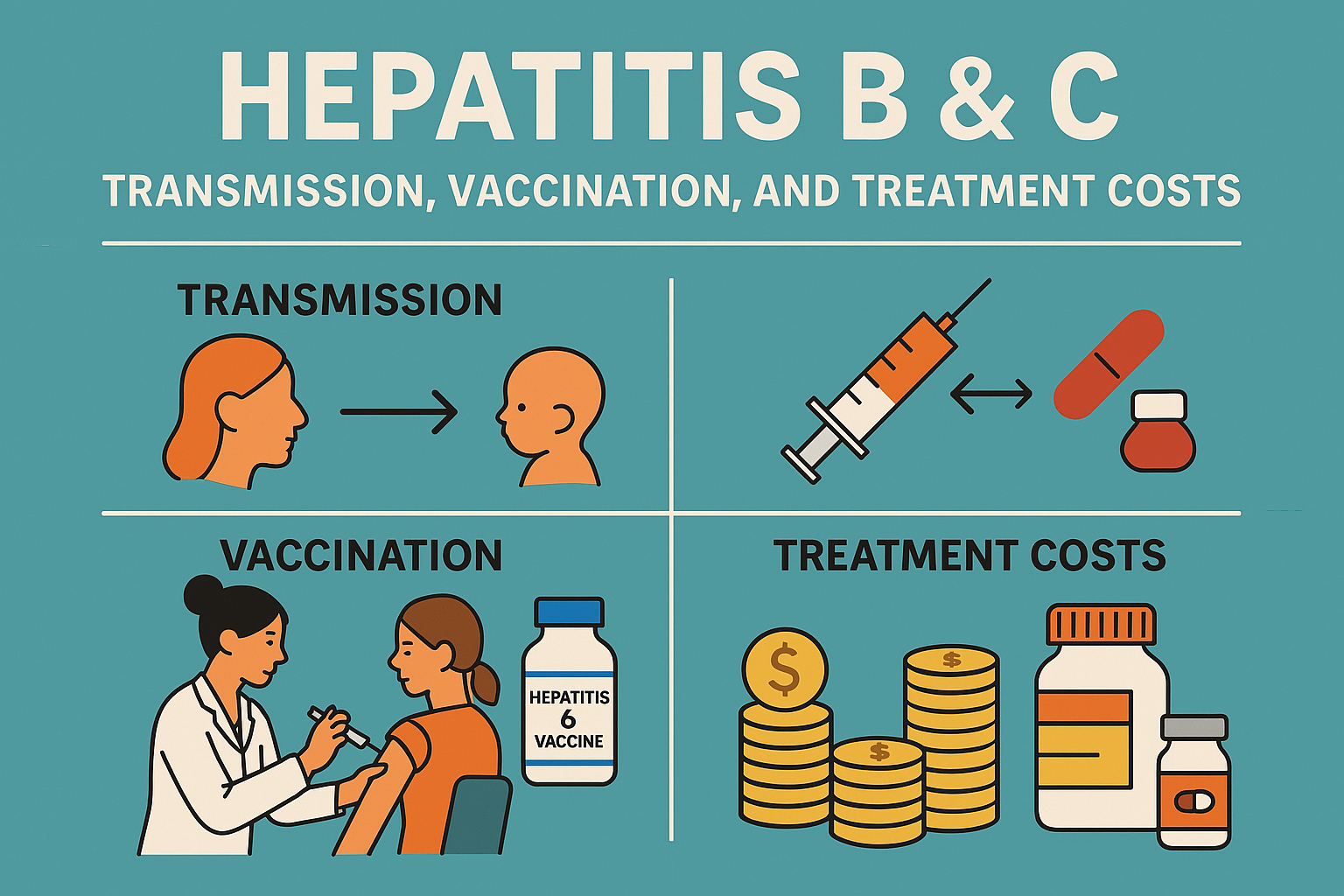
Tuberculosis in Pakistan: A Persistent Public Health Challenge
Pakistan ranks among the top five countries with a high burden of TB, with over 420,000 new cases reported annually. The disease is particularly prevalent in urban areas and among marginalized populations. Tuberculosis (TB) remains a significant public health concern in Pakistan, which ranks among the top five countries globally with the highest burden of the disease. The World Health Organization estimates that in 2022, Pakistan accounted for approximately 5.7% of global TB cases, translating to more than 600,000 estimated cases annually. Pakistan faces a significant challenge with multidrug-resistant TB (MDR-TB), ranking fourth globally in prevalence. Contributing factors include delays in diagnosis, unsupervised or inappropriate drug regimens, poor follow-up, and lack of social support programs for high-risk populations.

Diabetes in Pakistan: A Growing Public Health Crisis
Pakistan is facing a significant public health challenge with the rapid rise in diabetes cases. Recent reports indicate that the country now has the highest prevalence of diabetes globally, with approximately 36 million adults affected as of 2024. Projections suggest this number could escalate to 70 million by 2050 if current trends continue. The prevalence of diabetes in Pakistan has seen a significant increase over the past few decades. According to data from the International Diabetes Federation, the percentage of the adult population (ages 20–79) living with diabetes has risen from 7.9% in 2011 to 30.8% in 2021. Several factors contribute to the escalating diabetes rates in Pakistan: * Unhealthy Diets: High consumption of processed foods rich in sugars and trans fats. * Sedentary Lifestyles: Urbanization has led to decreased physical activity among the population. Pakistan Observer Obesity: Pakistan ranks ninth globally in obesity rates, a significant risk factor for type 2 diabetes. The Express Tribune * Lack of Awareness: Many individuals are unaware of the disease and its risk factors, leading to late diagnoses.

Hepatitis B & C: Vaccination, and Treatment Costs
Hepatitis B and C are viral infections that primarily affect the liver, causing both acute and chronic diseases. Globally, they contribute significantly to the burden of liver-related morbidity and mortality, including cirrhosis and liver cancer. Despite being preventable and manageable, these infections remain major public health concerns, especially in low- and middle-income countries. Understanding their modes of transmission, prevention methods, and the financial burden of treatment is crucial in combating their spread.

Dengue Fever – Symptoms, Prevention, and Treatment
Dengue fever is a mosquito-borne viral infection that affects millions of people worldwide, especially in tropical and subtropical regions. Caused by the dengue virus (DENV), it is primarily transmitted through the bite of infected Aedes Aegypti mosquitoes. Dengue can range from a mild illness to a potentially severe and life threatening condition known as severe dengue or dengue hemorrhagic fever.

Cancer Home Care And Treatment
Medical cancer home care and treatment can be an essential part of a patient’s care plan, especially for those who prefer to stay in the comfort of their home or require ongoing support after hospital discharge.

COVID-19: A Global Pandemic
Pakistan has experienced significant waves of COVID-19 infections since the pandemic began. The country's healthcare system faced immense challenges in managing the surge of cases, particularly during peak periods. The COVID-19 pandemic has had a profound impact on the world, causing significant economic disruption, social upheaval, and loss of life. Governments and healthcare systems around the globe have faced unprecedented challenges in responding to the pandemic.
Books Library
10 PostsHealth Channel
3 PostsQ & A Forum
0 PostsYouTube Channel
15 PostsAbout Doctor Hina Nasir

BEST MEDICARE Bringing The Best Medical Care To Your Home
Offer's her expertise on dengue fever, cholera, typhoid, and tuberculosis at your home. Dr. Hina Nasir is graduate of Punjab Medical College, Faisalabad, did her house job and residency program from Allied Hospital, Faisalabad. She is author of numerous research articles in world leading magazines and presently offering her professional consultancy for patients of PAK Medical Care.
